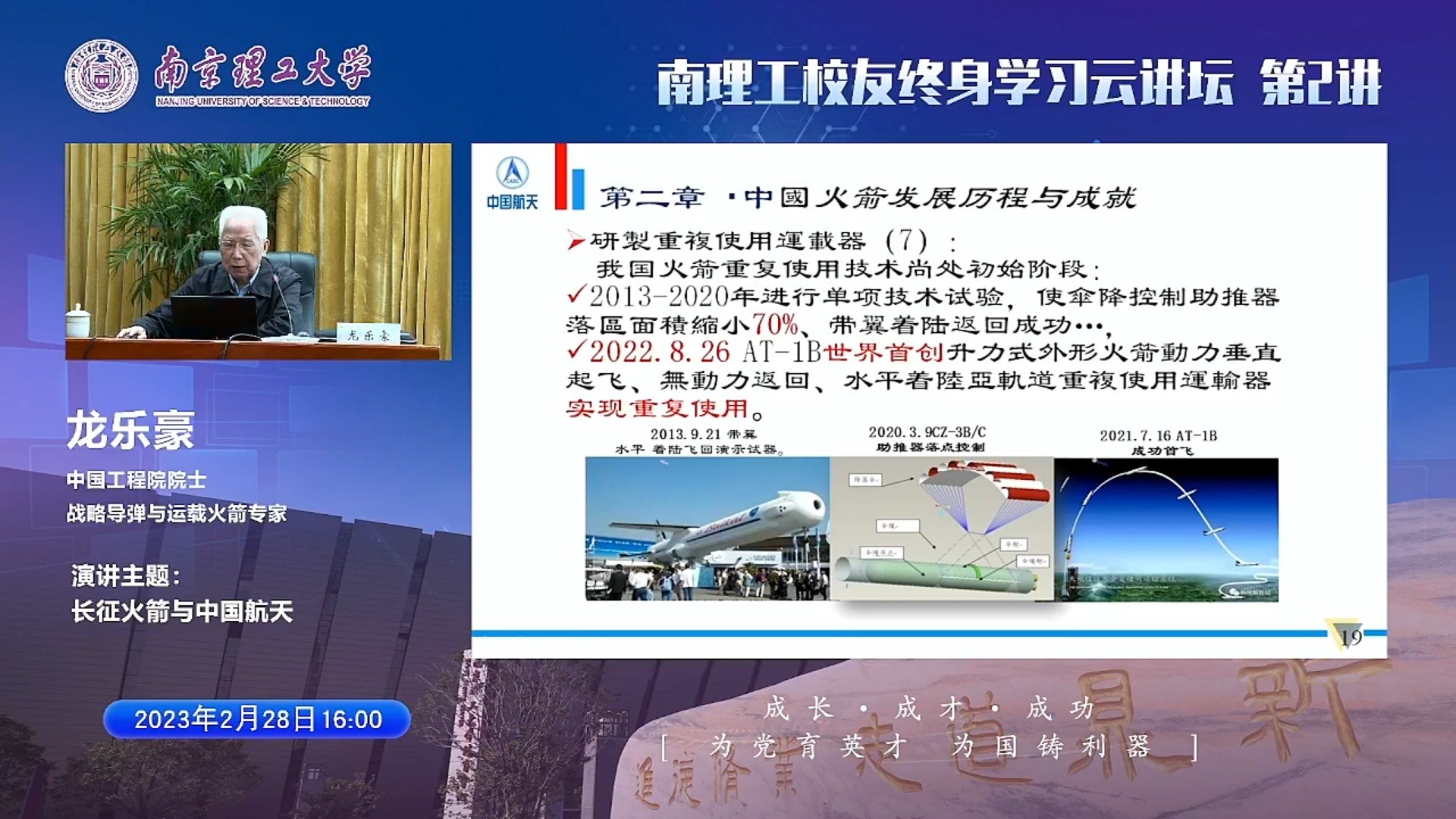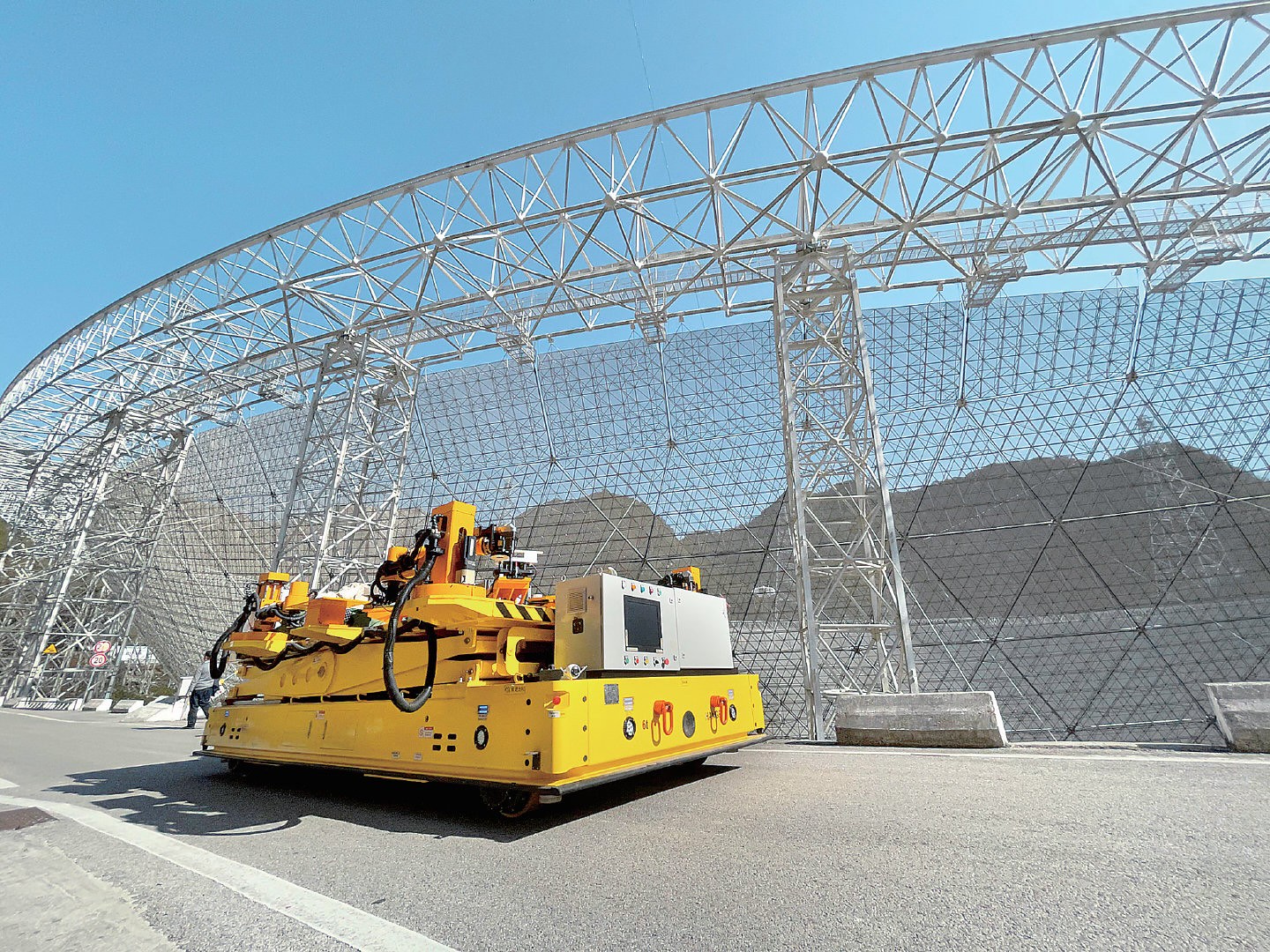The first image from the left is actually Soviet Baikal booster. But I suppose the text is about China, meaning AT-1B conducted gliding back demo in 2013.A slide from Mr. Long's latest presentation, which states that on August 26th, 2022, the AT-1B sub-orbital spaceplane again successfully landed back on Earth, thereby demonstrating its reusability.

As usual I am disappointed at CASC's powerpoint work, but using Baikal's photo indicates that AT-1B is developed in the same purpose as Beikal, that is a reusable first stage/booster.
Another thing worth to note is that, EAS and US also had similar concepts under development but cancelled. Russia (Baikal) and EAS choose to fit an turbo-fan engine to fly back. I don't have information of the US design. CASC's design relies gliding only which saves quiet some weight.











